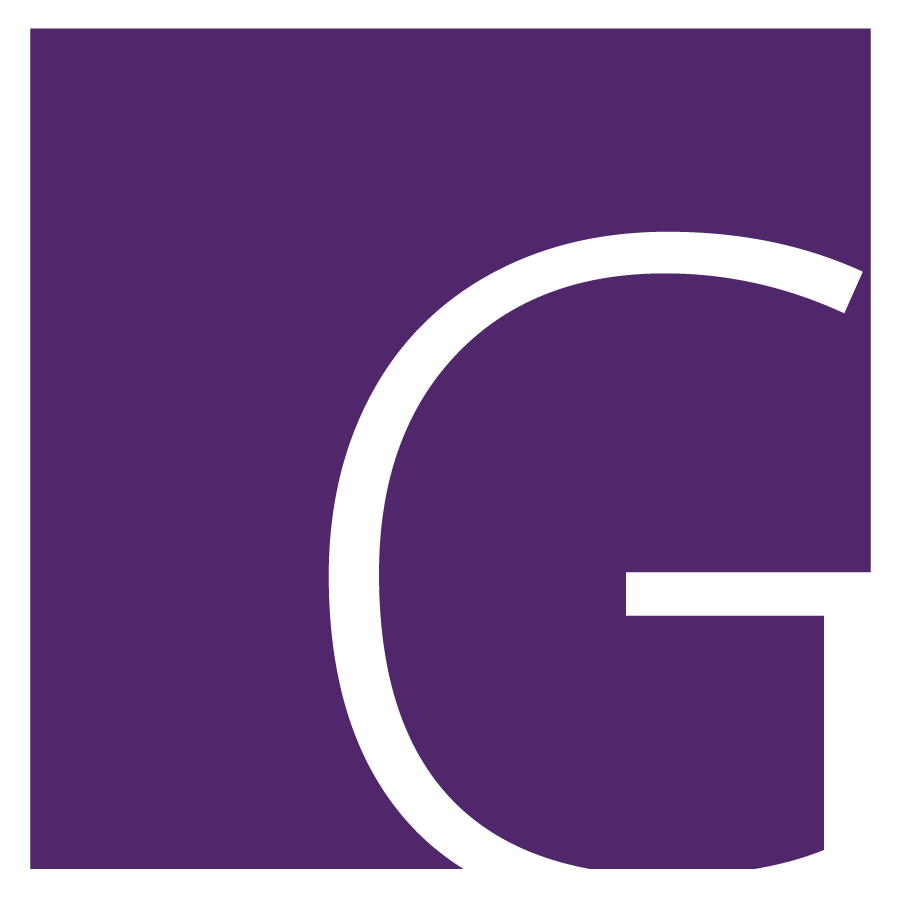
Inclusive Leaders Program Toolkit FAQs
-
Our workshops are grounded in adult learning theory and emphasize the importance of time for participants to process and apply new knowledge. We recommend a minimum three-week gap between sessions to allow for meaningful use of the Take Action Tool and preparation via the Overview.
If workshops must be held on the same or consecutive days, consider these adjustments:
Extending the workshop duration(s) to allow more time for discussion and reflection.
Limit to two workshops per day to prevent cognitive overload—participants typically retain only 2–3 key takeaways per session, regardless of the number of skills covered.
While compressing the workshops’ timing may be necessary, allowing time between workshops enhances retention, application, and overall impact.
-
Each workshop follows a three-part structure: content delivery, experiential activities, and peer discussion. Our research shows that a 2-hour format best supports this balance.
Participants have often provided feedback that highlights peer discussion as a key value. Reducing the workshop to 90 minutes often compresses discussion and activity time, while 60-minute sessions significantly hinder meaningful engagement.
If you choose to limit each workshop to 90 minutes, we recommend using Conversation Circle Guides between sessions to maintain peer dialogue and extend the learning in smaller group settings.
While shorter formats are possible, adequate time for all components of the workshops’ design ensures a richer and more effective learning experience.
-
When shortening a workshop, consider your organization's stage in the inclusion journey. The 5 Stages of Transformation growth model may be of assistance in diagnosing where you are at.
For groups early the 5 Stages, we strongly recommend keeping all content in the Activate Your Inclusive Leadership workshop, as it builds essential context and foundational knowledge for future learning.
For other workshops, time can be saved by shortening discussions or activities, though this may reduce engagement and depth as noted above.
Any modifications should be made with care, balancing time constraints with the need to preserve core content and interactive elements to ensure meaningful learning outcomes.
-
We strongly recommend all participants attend the Activate Your Inclusive Leadership workshop, since it provides foundational knowledge and a common language that supports deeper learning in all subsequent sessions.
While the remaining workshops can be taken as standalone experiences, they’re designed to build on one another, with each session deepening and integrating earlier learning. For instance, Respect Individuality & Build Belonging is most impactful when participants have completed Own Your Story and Listen to Build Trust.
Missing a session won’t prevent participation in later workshops, but attending all sessions ensures a richer, more cohesive learning experience.
-
Because the ILP workshops emphasize interaction, reflection, and group dialogue over content delivery, we do not recommend recording sessions. Recording can inhibit open participation, as participants may feel less comfortable sharing candidly.
To preserve a safe, collaborative environment that fosters meaningful engagement, we prioritized live participation over reference materials in our design. Our bias is that the value of real-time discussion and connection outweighs the benefits of having a recorded session.
-
At Greatheart, we open public gatherings and workshops (if the client approves) with a Native American Land Acknowledgment—a meaningful way to honor Indigenous peoples and recognize the original stewards of the land.
Why They Matter
Land Acknowledgments help correct erased histories, honor truth, and encourage reflection on our shared past. Common in countries like New Zealand, Australia, and Canada, they promote inclusive and respectful spaces.
How to Integrate Them
Ask if participants have experienced a Land Acknowledgment before.
Explain its purpose: to show respect, restore visibility to Indigenous history, and connect with the “Own Your Story” leadership skill.
Share the Land Acknowledgment included in your workshop PowerPoint slide speaker notes.
(Optional) Use native-land.ca for a group activity to identify and name the original inhabitants of participants’ home areas.
Recommended Resources
A Guide to Indigenous Land Acknowledgment by the Native Governance Center
Honor Native Land guide by the U.S. Department of Arts and Culture
The practice of sharing Land Acknowledgments promotes awareness, inclusion, and respect for Indigenous histories and communities.

